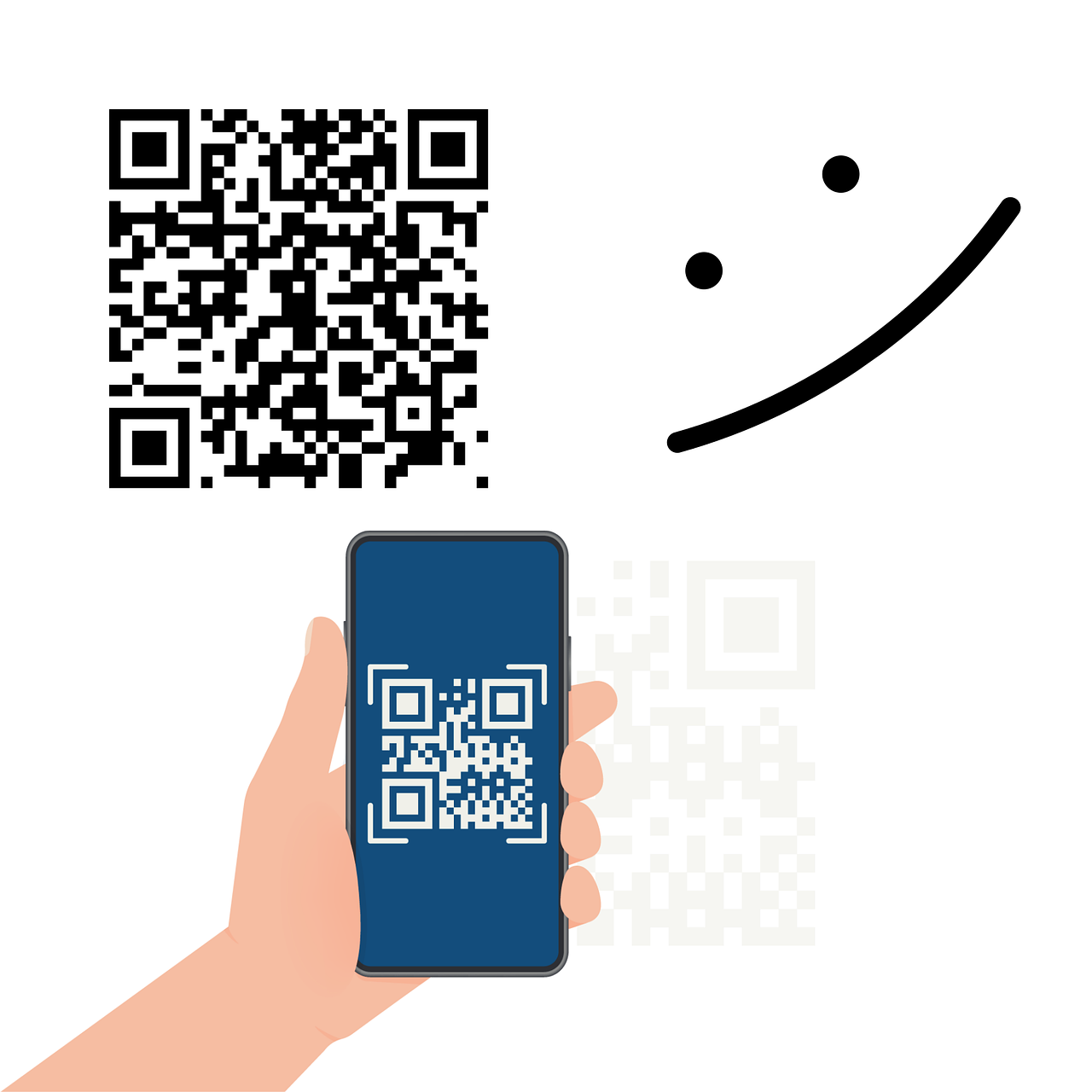In the quickly evolving digital landscape, trends are apt to blaze and fizzle out rapidly. But every now and then, a seemingly old-fashioned technology lingers, adapts, and becomes irreplaceable. QR codes — those black-and-white squares we used to consider marketing fluff — are just such an example. Now, they are not just handy but imperative, bridging physical and digital realms with the convenience and speed that best serve today’s consumer demands.
Why QR Codes Remain Relevant in 2025
Companies tried QR codes for years but couldn’t get consumers to adopt. Then something changed: the pandemic made contactless behavior commonplace, and scanning a QR code became second nature. Ordering food from a restaurant, checking into a function, paying at the grocery store — all now seem incomplete without the instant scan of a code.
But more than efficiency, QR codes have become storytelling tools. They’re not just short cuts to a page anymore; they’re doorways to experiences, interactive narratives, and personalized interactions.
From Static Links to Dynamic Journeys
Previous versions of QR codes were static, pointing shoppers to a single static link. Dynamic QR codes now offer marketers tremendous flexibility. Marketers are able to switch links, track engagement levels, and segment target markets — all without having to edit the printed code.
Take, for instance, a sportswear brand launching a new running shoe. Instead of putting a single URL on the box, a QR code is able to:
Walk a new scanner to a product video with design highlights.
Recognize returning visitors and send them to a premium discount page.
Collect rich data on when, where, and how often customers engage.
All this makes QR codes more than simple convenience tools — they are data-precision tools in data-driven marketing.
Real-World Uses Driving Advancement
Retail Experiences
Shoppers are no longer passive consumers. Brands like Nike and Sephora place QR codes on product fixtures, giving the consumer instant access to reviews, tips, or rewards. This makes a brick-and-mortar store an interactive, omnichannel destination.
Events and Entertainment
From music festival wristbands to marathon bibs, QR codes make ticketing, access control, and even networking easier. A quick scan at an expo booth can replace the old ritual of exchanging business cards, while sponsors get live data about participant flow.
Food and Beverage
Menus, payment systems, and environmental initiatives are all being redesigned with the use of QR codes. A vineyard, for example, can place a code on its bottle that exposes an AR experience of the vineyard, emotionally engaging customers with the brand.
Content Creation and Publishing
Authors, reporters, and bloggers employ QR codes to bring their stories off the page. Imagine reading a print magazine cover story and having a code transport you directly to behind-the-scenes video, audio interviews, or interactive data visualizations.
The Psychological Edge: Why QR Codes Work
Human nature craves curiosity and instant gratification. QR codes take advantage of both. They provide a tiny rush of dopamine — the excitement of scanning and figuring out something new — and rid of the inconvenience of typing in cumbersome URLs.
They also engender trust in a brand when positioned thoughtfully. A thoughtfully placed code with a clear call to action communicates: we value your time, and we’re providing value in one scan.
The Future of QR Codes: AI, AR, and Beyond
To the future, QR codes are becoming smarter and more visually integrated. No longer simply black-and-white blocks, they can now be emblazoned with logos, color, even animation. Combined with AI, they can potentially tailor experiences in real-time — imagine scanning a code on a shoe and receiving AI-curated training regimens based on your fitness goals.
In augmented reality, QR codes are an anchor, unlocking immersive experiences from museum exhibits to product demonstrations. They are not instruments; they are doors to entirely new planes of interaction.
